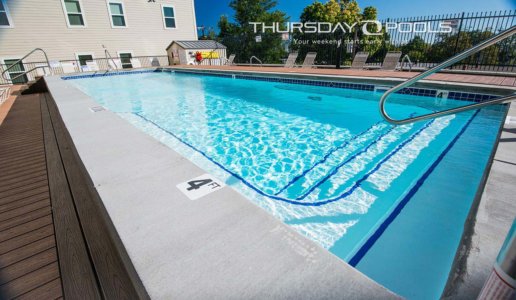 The greatest joys of owning a swimming pool include the hours of relaxation and swimming in crystal clear water. Proper water chemistry, regular cleaning and systems maintenance for your inground fiberglass pool is essential to keep your pool systems running smoothly and ensure a lifetime of worry-free pool enjoyment. It’s important to find a good pool maintenance professional near you who you can trust to assist you in keeping your pool in tip-top shape so you can sit back and enjoy your investment. They’ll also be your expert guide when it’s time to close your pool for the season. To ensure you’ve got the best person for the job, here’s a list of things to do as you’re searching for and evaluating pool maintenance pros in your area.
The greatest joys of owning a swimming pool include the hours of relaxation and swimming in crystal clear water. Proper water chemistry, regular cleaning and systems maintenance for your inground fiberglass pool is essential to keep your pool systems running smoothly and ensure a lifetime of worry-free pool enjoyment. It’s important to find a good pool maintenance professional near you who you can trust to assist you in keeping your pool in tip-top shape so you can sit back and enjoy your investment. They’ll also be your expert guide when it’s time to close your pool for the season. To ensure you’ve got the best person for the job, here’s a list of things to do as you’re searching for and evaluating pool maintenance pros in your area.
- Ask for recommendations. Ask your local pool installer and any friends or neighbors who have a swimming pool who they use for their swimming pool maintenance and what their experience has been. If your pool installer also happens to offer maintenance and annual opening and closing service, that’s a great place to start. Since they’re the ones most familiar with your pool, they’re the best qualified to service it.
- Do your research. Whether you’re hiring a general contractor, an attorney or a pool maintenance pro, it’s important to check references and reviews. Check out their Facebook pages as well as their reviews on Google and Yelp. Look for a quantity of ratings and an average score of at least 4 out of 5.
- Check out their website. Ask questions about their pricing and make sure you understand everything that’s included in their service packages. Does their opening and closing service include inspections of your pool’s systems? Do they have a service contract that might save you money over time?
- Weigh their experience. How long has their company been in business? Your inground swimming pool was a big investment–you want to entrust its care to someone who’s seen all the potential issues that might arise in terms of water balance, system troubleshooting and equipment repair and replacement. Most pool maintenance pros make more than 60 pool visits per week, so they’ve seen it all.
- Don’t take chances. Proper maintenance of your pool’s water chemistry and systems is essential to keep your pool in optimal condition for years to come. Don’t take a chance on a brand new company, or entrust your pool’s maintenance to someone who does it part-time or as an add-on service with other outdoor services unless you have gotten glowing references for them. If their pricing sounds too good to be true, it probably is.
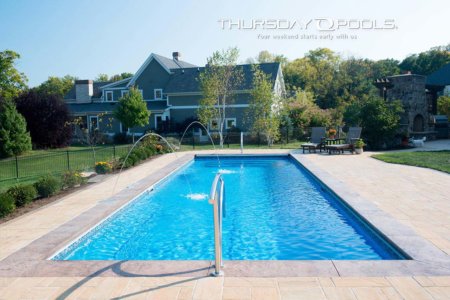 Proper care of your pool, including weekly skimming, vacuuming, chemical adjustment and filter cleaning is essential to extend the life of your pool and will help you save operating costs over time. Weekly service from a pool maintenance pro is nice to have, but it isn’t enough to ensure correct water chemistry– that needs to be monitored more than just once a week. Every pool owner should know how to check their pool’s water chemistry and do it a couple of times during the week to make sure their pool maintenance pro is on track. Pool service companies sometimes over-chlorinate pools (to above 3 ppm) to be on the safe side, but over-chlorination is just as bad as under-chlorination, so pool owners should take the lead on monitoring water balance to ensure their water is healthy and safe for their families.
Proper care of your pool, including weekly skimming, vacuuming, chemical adjustment and filter cleaning is essential to extend the life of your pool and will help you save operating costs over time. Weekly service from a pool maintenance pro is nice to have, but it isn’t enough to ensure correct water chemistry– that needs to be monitored more than just once a week. Every pool owner should know how to check their pool’s water chemistry and do it a couple of times during the week to make sure their pool maintenance pro is on track. Pool service companies sometimes over-chlorinate pools (to above 3 ppm) to be on the safe side, but over-chlorination is just as bad as under-chlorination, so pool owners should take the lead on monitoring water balance to ensure their water is healthy and safe for their families.
Your attention to your pool’s care, along with the services of an inground fiberglass pool maintenance pro will give you the peace of mind that you’ll be able to enjoy your pool for years to come. If you don’t currently have an inground fiberglass pool but are thinking of getting one, it might be time to stop dreaming and start swimming.
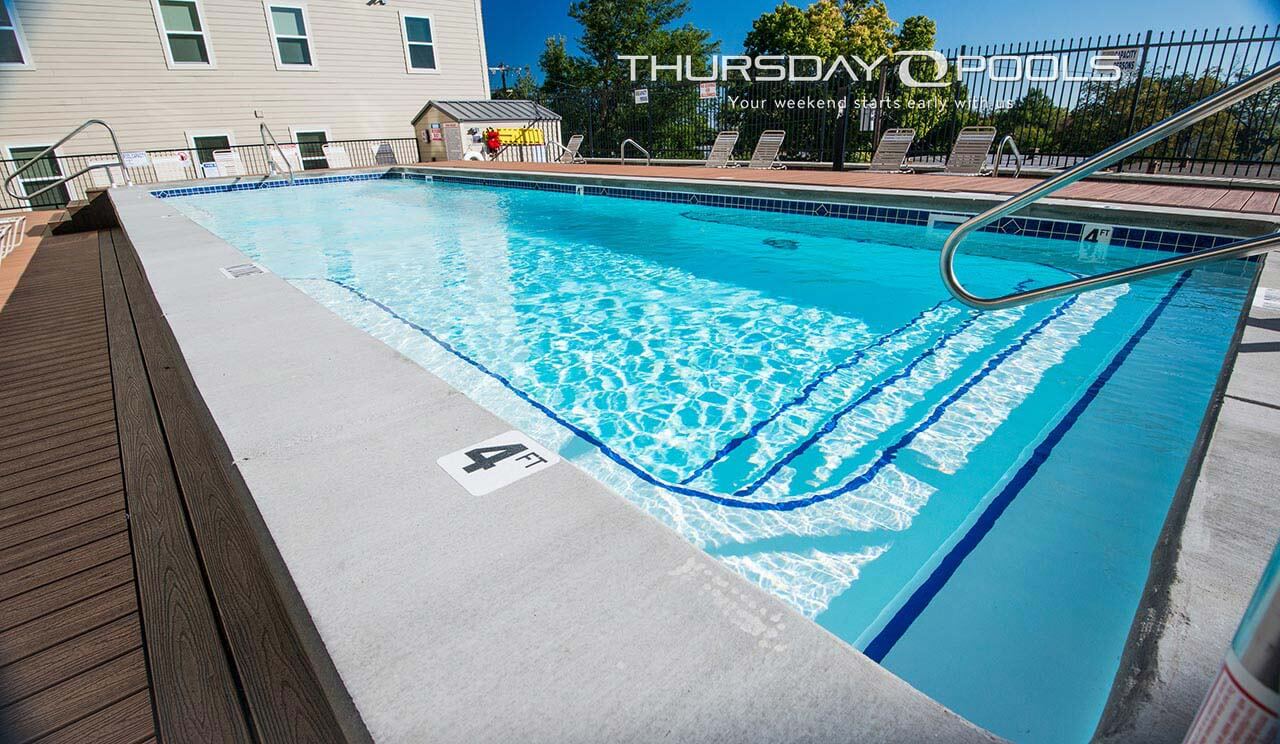
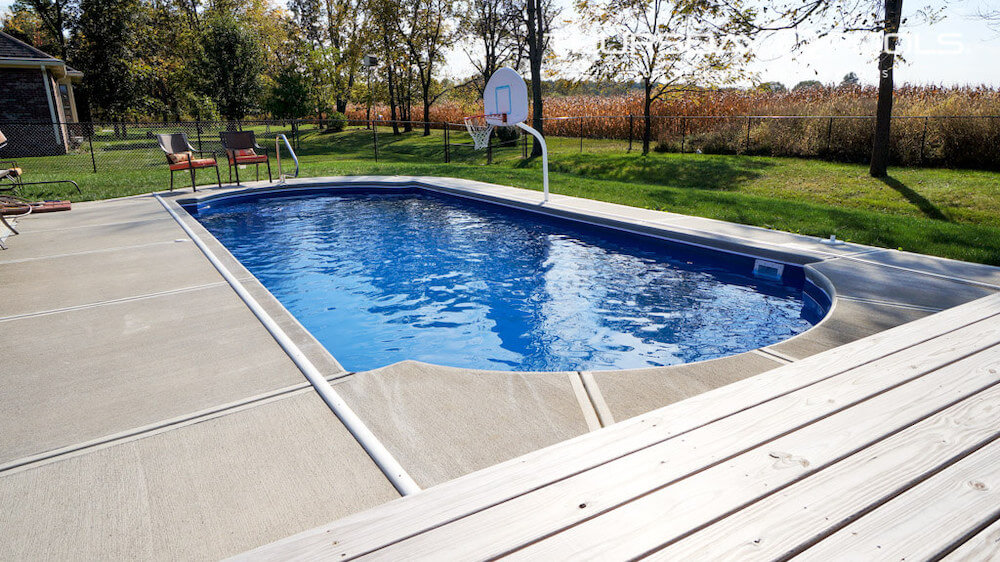


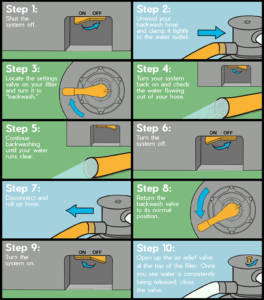
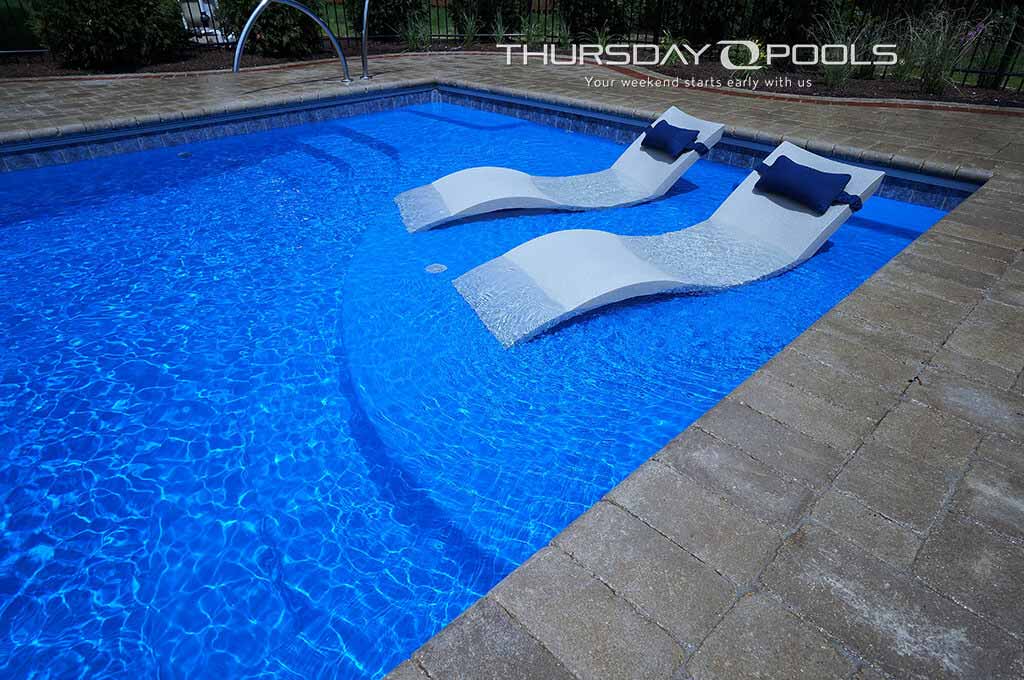
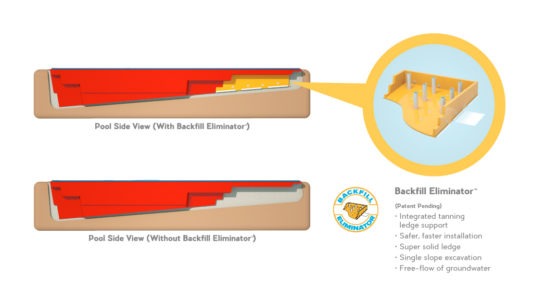

 Dear General;
Dear General; 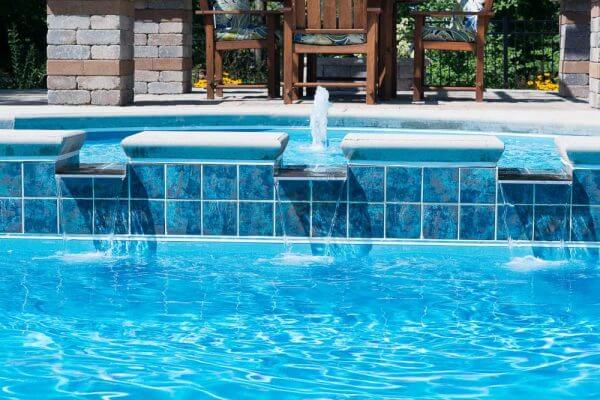
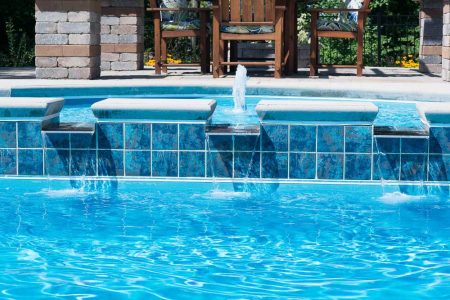
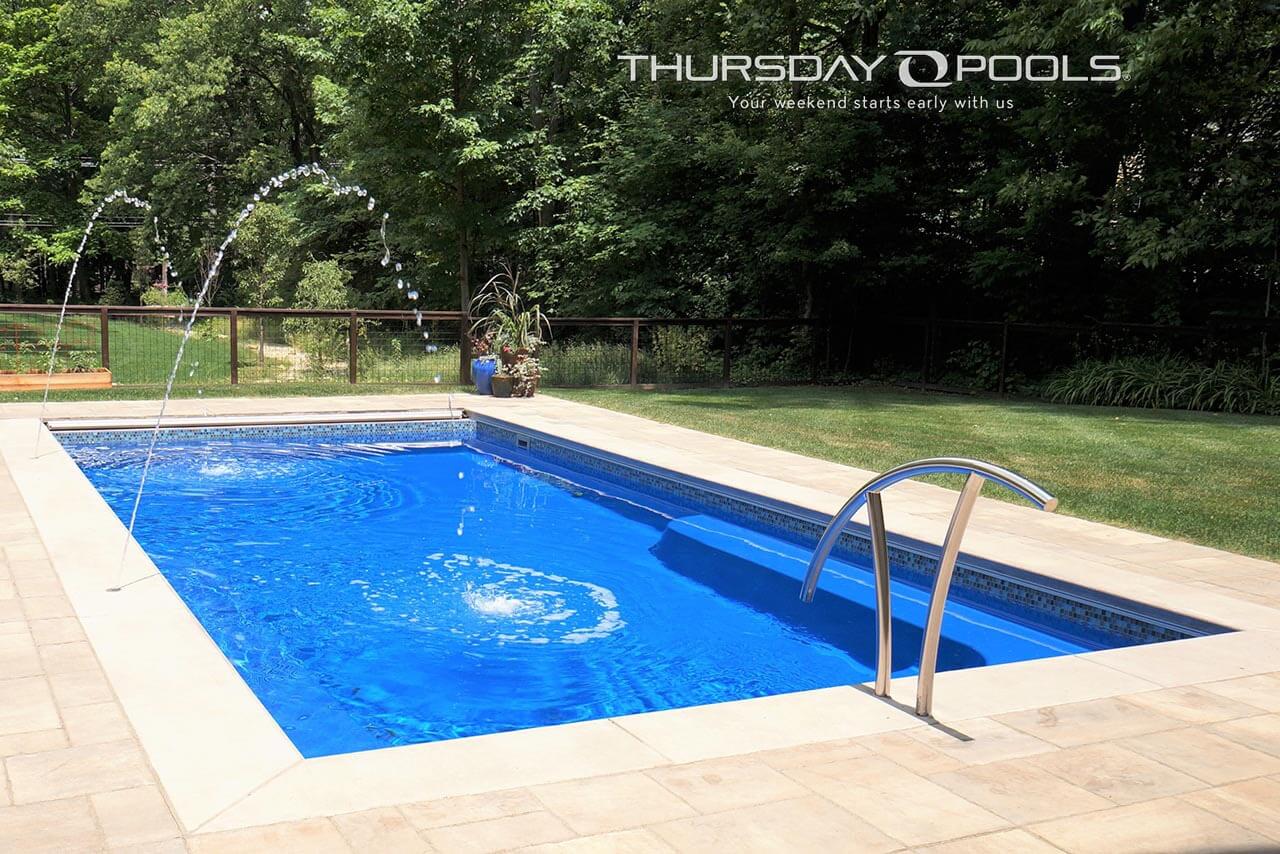
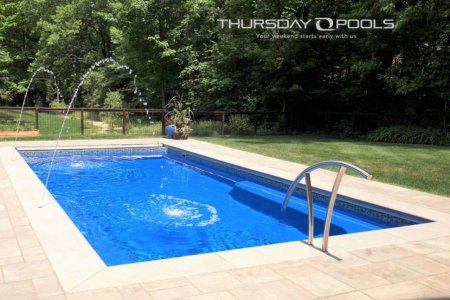 Groundwater is virtually everywhere. It lies below the earth’s surface in the cracks and spaces of soil, rock, clay, and sand. In some areas, it may be closer to the surface than in others. The upper level of which the ground saturates with water is known as the water table. Often homeowners know they have a ground water issue when they have a high-water table. Their yard may remain soft and wet for many days after rain. Your water table does vary over time and is generally at its highest later winter/ early spring. Even if you do not have a high-water table, you still need to be aware that ground water exists and can have damaging effects on your
Groundwater is virtually everywhere. It lies below the earth’s surface in the cracks and spaces of soil, rock, clay, and sand. In some areas, it may be closer to the surface than in others. The upper level of which the ground saturates with water is known as the water table. Often homeowners know they have a ground water issue when they have a high-water table. Their yard may remain soft and wet for many days after rain. Your water table does vary over time and is generally at its highest later winter/ early spring. Even if you do not have a high-water table, you still need to be aware that ground water exists and can have damaging effects on your 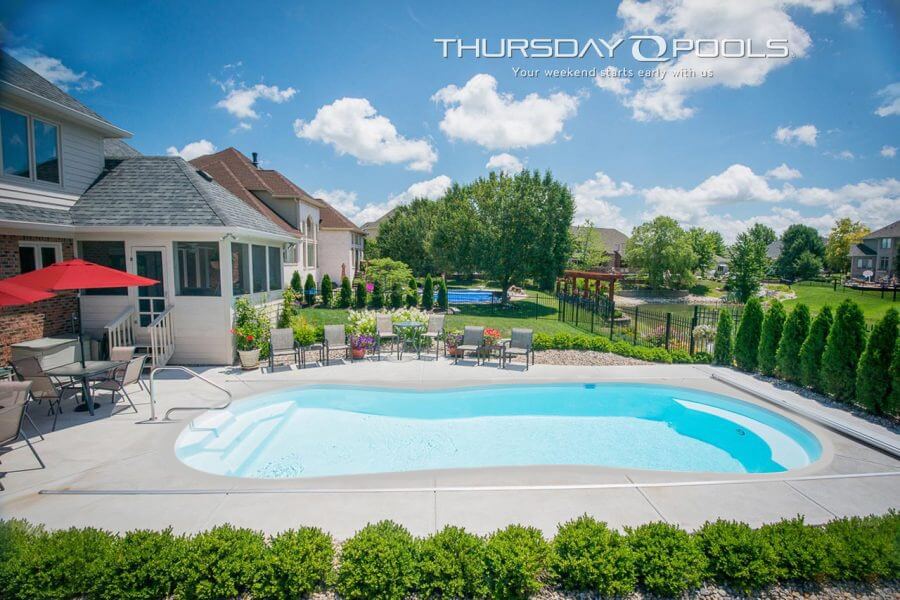
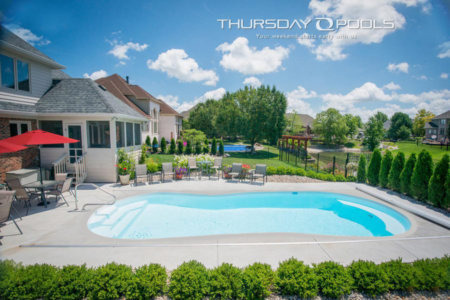 your pool summer ready.
your pool summer ready. 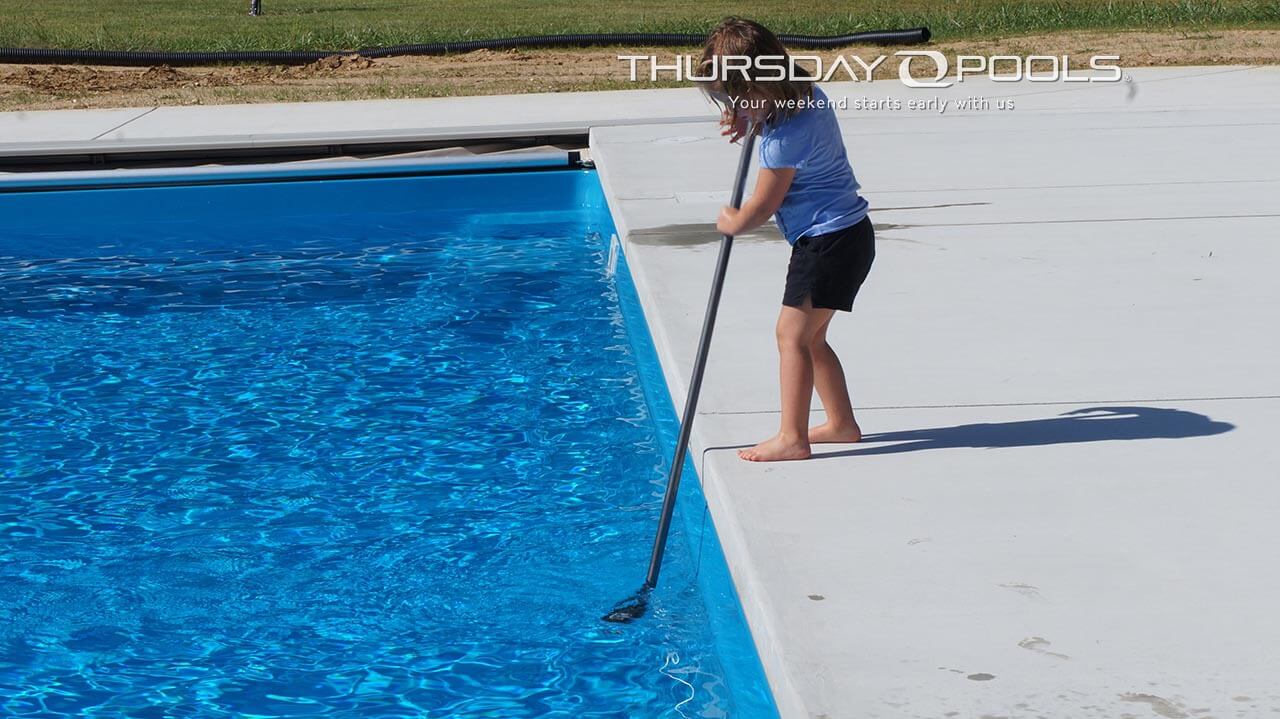
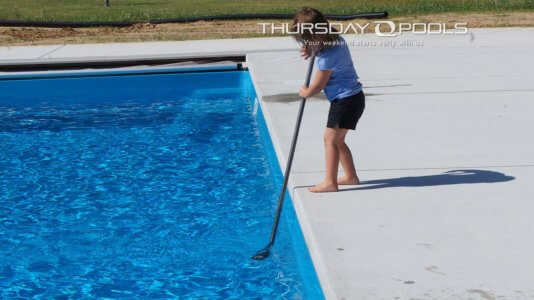 Cleaning tools, such as a skimming net or a telescoping pole, will be a lifesaver for you when it comes to cleaning out leaves, bugs or other debris from your swimming pool. Do what you can to maintain a regular maintenance schedule to clean out debris like leaves and bugs. Another tool you can use that will help clean out dirt at the bottom of your pool is a leaf vacuum. These cleaning tools will help you clean your pool in no time at all.
Cleaning tools, such as a skimming net or a telescoping pole, will be a lifesaver for you when it comes to cleaning out leaves, bugs or other debris from your swimming pool. Do what you can to maintain a regular maintenance schedule to clean out debris like leaves and bugs. Another tool you can use that will help clean out dirt at the bottom of your pool is a leaf vacuum. These cleaning tools will help you clean your pool in no time at all.